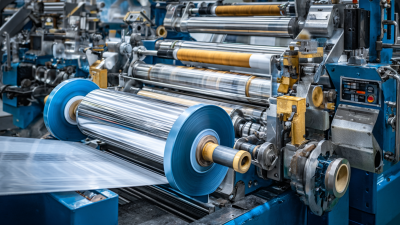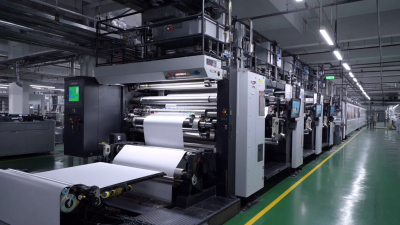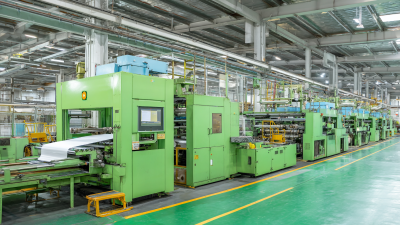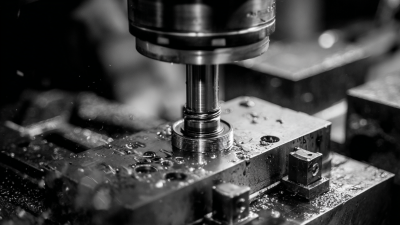Leave Your Message
-
Phone
-
Whatsapp
-
E-mail
In recent years, the printing industry has witnessed a remarkable renaissance, driven by innovations that blend creativity with technology, one of which is Hot Foil Stamping. This process not only elevates the aesthetic appeal of printed materials but also enhances their market value; according to a report by Smithers Pira, the global market for foil stamping is projected to reach $2.9 billion by 2024, reflecting a compound annual growth rate (CAGR) of 4.5%.

Hot Foil Stamping stands out for its ability to create striking, metallic finishes on a variety of substrates, making products more eye-catching and luxurious. As brands strive to differentiate themselves in an increasingly competitive landscape, understanding the intricacies of Hot Foil Stamping becomes essential for designers and producers alike. This guide will navigate through the art and science behind this captivating technique, revealing how it can transform ordinary designs into extraordinary visual statements.
Hot foil stamping, a technique that infuses elegance and sophistication into printed materials, has a rich history that continues to influence modern printing methods. Originating in ancient Egypt and evolving through the ages, this process achieved prominence during the Victorian era, where it transformed book covers and luxurious stationery. According to a report by Smithers Pira, the global market for hot stamping foil is anticipated to grow at a compound annual growth rate (CAGR) of 4.5% through 2028, underlining its enduring appeal in contemporary printing practices.
The fusion of art and science in hot foil stamping lies in the careful selection of foils and techniques to achieve precise, vibrant designs. Modern advancements have allowed for a broader range of materials, including eco-friendly foils that align with sustainable practices. In fact, a 2022 study by the Printing Industries of America revealed that over 70% of printers are now incorporating sustainable options into their services, reflecting a significant shift towards environmentally conscious printing. This historic technique not only adds visual interest but also enhances tactile engagement, solidifying its position as a creative staple in today’s printing landscape.
| Aspect | Details |
|---|---|
| Technique | Hot Foil Stamping |
| Historical Origins | Originated in 19th century Europe |
| Materials Used | Foil, hot stamping dies, substrate |
| Applications | Packaging, business cards, book covers |
| Benefits | High visual impact, tactile experience, durability |
| Modern Innovations | Digital hot foil printing, sustainable foils |
| Future Trends | Combination with digital printing techniques |
Hot foil stamping is a sophisticated technique that combines artistry with precision engineering in the printing industry. Central to this process are the key components that ensure high quality and consistency in output. A recent industry report from Smithers Pira highlights that the hot foil stamping market is expected to reach over $1.5 billion by 2025, driven by increasing demand for premium packaging and decorative print. This growth underscores the importance of understanding the machinery involved, including the hot foil stamping presses, dies, and the foil itself, which are critical for achieving vibrant finishes on various substrates.
The machinery operates through the application of heat and pressure, which transfers metallic or pigment foil onto a surface, often resulting in striking visual effects. Key components such as the heating plate and the die-cutter play vital roles in determining the quality of the final product. According to a report by Technavio, advancements in automation and control technologies are enhancing the efficiency and precision of hot foil stamping, allowing printers to reduce production times and improve output quality. These innovations are essential for brands seeking to differentiate themselves in a competitive marketplace, further solidifying hot foil stamping's place in modern printing techniques.
Hot foil stamping is a powerful printing technique that enhances consumer perception and brand value. By applying metallic foils to various substrates, brands can create striking visual effects that captivate potential customers. This method not only adds a premium feel to products but also fosters an emotional connection between the consumer and the brand. As the market grows increasingly competitive, the visual impact of packaging becomes crucial in shaping consumer choices.
Recent studies in neuromarketing highlight the significance of design elements, particularly in sectors like alcoholic beverages. Insights gained from assessing consumer reactions to packaging can guide brands in effective design strategies that leverage aesthetics to boost appeal. As seen in modern applications, integrating science with art, such as through hot foil stamping, allows brands to refine their packaging and effectively communicate their value propositions. This synergy not only elevates the product's physical presence but also reinforces brand identity in the minds of consumers.
Hot foil stamping is a finishing technique that stands out in modern print production, particularly for its ability to create eye-catching metallic effects that elevate packaging aesthetics. Unlike traditional methods such as flexography or lithography, which focus primarily on color application, hot foil stamping adds a layer of luxury and depth through reflective metallic embellishments. This technique transforms ordinary labels into captivating three-dimensional pieces that grab consumer attention, enhancing branding efforts.
In contrast, other finishing techniques like embossing or the use of wet-glue labels also play significant roles in the printing industry. Embossing creates tactile elements that engage consumers through touch, while wet-glue labeling maintains its dominance in sectors like food and beverage due to its reliability and quality. However, as trends in package design evolve, brands increasingly seek innovative finishing solutions to make their products stand out on shelves. Hot foil stamping is often preferred for its vibrant visual impact and versatility, making it an essential consideration for modern packaging designs aiming to attract consumers and convey a sense of luxury.
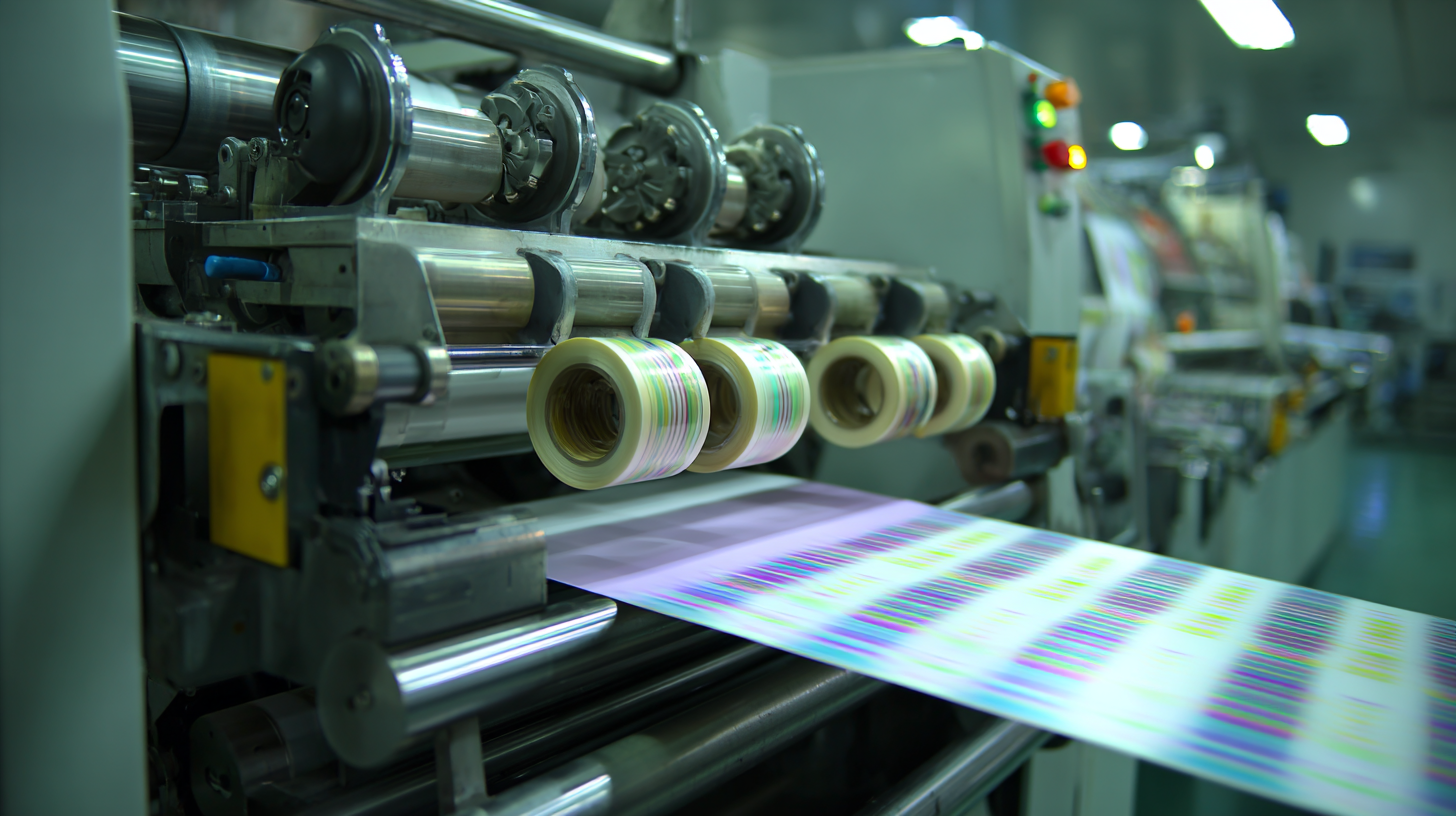
Hot foil stamping has witnessed a remarkable evolution, driven by technological advancements and shifting market demands. One of the most significant trends is the integration of digital printing technologies with traditional foil stamping techniques. This hybrid approach allows for more personalized and intricate designs, catering to the increasing consumer desire for unique and high-quality products. Brands are embracing this innovation to stand out in a crowded market, utilizing foil stamping not just as a decorative feature but as a means to enhance overall product value.
Sustainability has also become a key focus in the hot foil stamping industry. Manufacturers are increasingly using eco-friendly foils and adhesives, responding to the growing demand for sustainable packaging solutions. This shift not only appeals to environmentally conscious consumers but also aligns with broader industry goals to reduce carbon footprints. Additionally, advancements in machine capabilities, such as faster production speeds and greater precision, have expanded the range of applications for foil stamping, paving the way for new creative possibilities in marketing materials, luxury packaging, and stationery products.

